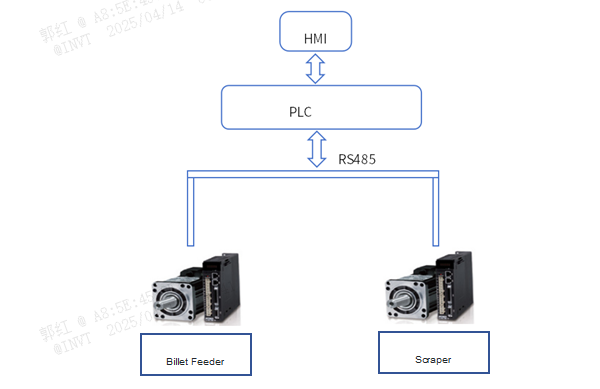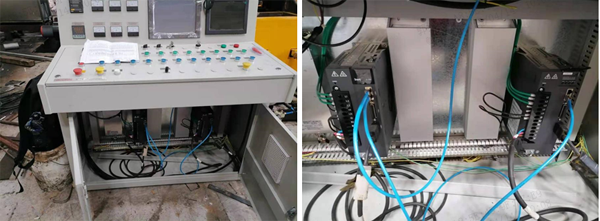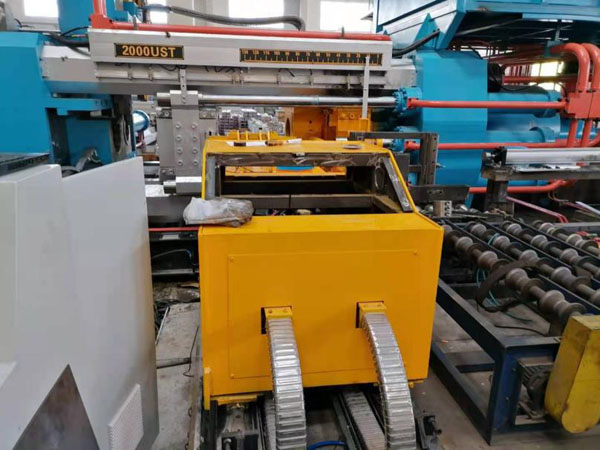1. Background
The metal extrusion machine is the main equipment for metal extrusion processing. Metal extrusion processing utilizes the characteristics of metal plasticity and pressure forming to process metal billets into tubes, rods, and profiles in a single operation, completing the process in an instant.
With the rapid development of aluminum profiles in China, many manufacturers began to design and produce extrusion machines by themselves in the late 20th century. Currently, China has the largest number and scale of extrusion machines in the world, with over 5,300 units. Additionally, China ranks first globally in the number of large extrusion machines with a capacity of over 50 MN, reaching nearly 70 units.
2. Client requirements
The extrusion machine is primarily composed of three parts: the mechanical section, the hydraulic section, and the electrical section. The electrical section mainly includes the power supply cabinet, control panel, PLC (Programmable Logic Controller), upper computer, and HMI (Human-Machine Interface).
The extrusion machine has high power consumption, and one of the key measures to reduce the cost of aluminum products is energy saving. Additionally, ease of operation and precise control are essential. Therefore, customers now need to adopt servo control systems, as the unique functions of servo control, such as high precision, position control, and rapid internal position searching, can effectively meet customer requirements.
3. INVT Solutions
In response to the customer's needs, INVT recommended that the customer use the DA200 series high-performance servo drive solution.

Extruder equipment control system block diagram
Program Advantages:
* Precise positioning: A 23-bit multi-turn absolute value encoder, offering accurate localization and the ability to retain positional memory even in the event of a power loss.
* Point Control: Automated point control that autonomously seeks and reaches designated positions without the need for bus.
* Reciprocal Control: Employing servo drive, this system ensures high precision in billet feeding and material scraping, resulting in impeccable shaping.
* Position and Velocity: The settings for position and velocity modes are both convenient and flexible, ensuring a uniform supply from the feeding mechanism.
* Process Parameter Save: Once all process parameters have been confirmed, they can be saved in the PLC for direct retrieval.


4. Solution Values
* Cost Considerations: The extruder employs the DA200 series high-performance servo drives, whereby the motor and oil pump adjust in accordance with the operational state and extrusion speed demands. This optimization minimizes energy consumption, extends the lifespan of the oil pump, reduces hydraulic oil temperatures, enhances the power factor of the electrical system, and improves control accuracy.
By utilizing a servo system for the extruder, it accurately reflects the power consumption and energy usage of the machine, facilitating intelligent control. In comparison to the previous hydraulic control system, this upgrade achieves a reduction in electricity consumption of 15% to 20% per ton of aluminum produced.
* Outcome: The implementation has facilitated stability in speed and real-time adjustments on the client's premises, enabling precise positioning and memory functions. This enhancement has increased equipment speed, boosted the client's production efficiency, and assisted in elevating processing efficiency and quality, ultimately strengthening the competitiveness of the equipment manufacturer.



Our site uses cookies to provide you with a better onsite experience. By continuing to browse the site you are agreeing to our use of cookies in accordance with our Cookie Policy.